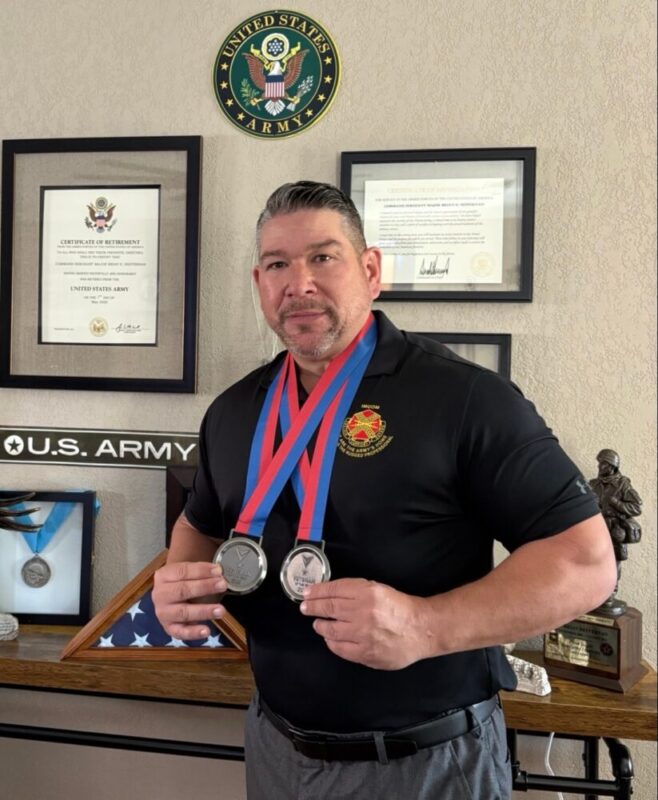“What the Tech?” – Pushing the Boundaries of Robotics (Part 2)


By Seth Eaton | April 30, 2025
Click here to listen to the podcast episode “Harsh Environments, Smart Solutions (Part II)” on Spotify.
Welcome back, friends of “What the Tech?” If you caught Part 1 of our podcast series on robotics, you know we’re doing more than just talking tech—we’re exploring how Amentum, in partnership with the University of Manchester, is helping shape the future of critical infrastructure through robotics and autonomous systems. In Part 2, we got into the nitty gritty—the real-world challenges, the human element, and the exciting road ahead.
First off, deploying robots in hazardous, hard-to-reach environments isn’t plug-and-play. As Duncan Steel reminded us, when you’re operating in highly regulated sectors like nuclear or rail, you’re dealing with more than the task at hand—you’re also managing risk, stakeholder confidence, and rigorous oversight. That’s why Amentum’s collaboration with regulators like the UK’s Office of Nuclear Regulation is so important. It’s not just about building the robot. It’s about bringing everyone—clients, regulators, engineers—on the journey from the very start.
Simon Watson broke it down further. These environments are unforgiving. If a robot fails mid-mission in a nuclear zone, that’s not just an inconvenience—it’s now part of the waste stream. These aren’t off-the-shelf systems. They’re purpose-built, and reliability is everything. Failures early in a deployment can shake trust, so building confidence through demonstration and education is a crucial step in adoption.
Speaking of adoption, Erin Ramirez helped us navigate the human side of the equation. How do we manage change when robots show up to help—or take over—tasks traditionally performed by humans? That’s where the Cradle Prosperity Partnership is really innovating. Through “IDEAs” (Industrial Engagement Activities), Amentum and University of Manchester researchers work directly with end users to assess what problems could actually be solved by robots—not Hollywood versions, but real, viable technology within realistic timeframes.
We also heard about the fascinating work being done around human-robot interaction. Imagine seeing an autonomous mower trimming roadside hedges—your attention would shift instantly. Now imagine that happening on a busy highway. These interactions need to be studied, understood, and managed to prevent safety risks and improve adoption. That’s why psychologists are part of this effort—not just engineers.
And then there’s the potential. Robotics will touch every phase of the asset lifecycle—from design and maintenance to decommissioning. As Duncan pointed out, if you design infrastructure with robotic access in mind, you reduce size, cost, and environmental impact. That’s smart engineering. And as robots help us capture data more safely and precisely, we’ll use that information to design smarter, more sustainable assets for the future.
As for what’s next? From terrestrial infrastructure to space-based robotics and orbital servicing, the possibilities are only limited by imagination (and a good regulatory framework—no Skynet here, folks). We’re proud that Amentum is leading that charge with innovation, integrity, and collaboration.
Thanks again to Duncan and Simon for joining us.
Until next time— stay curious.
Seth


